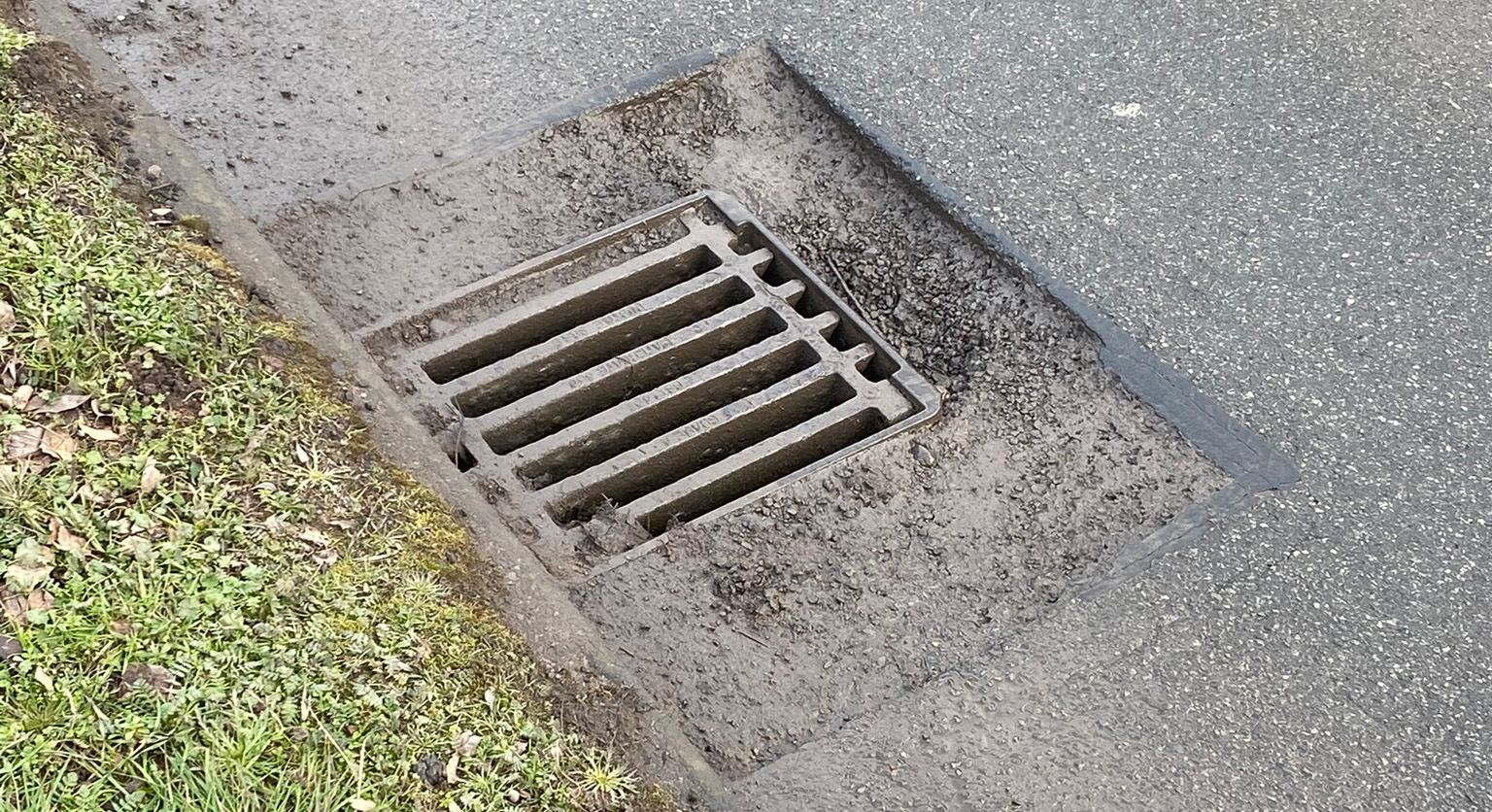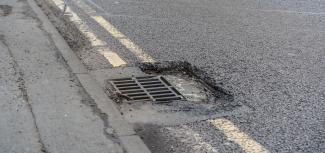
Shocking road maintenance report illustrates desperate need for preventative solutionsThe Annual Local Authority Road Maintenance (ALARM) Survey Report 2025 was recently published by the Asphalt Industry Alliance (AIA), containing crucial insight on the funding and conditions of the local road network based on information provided by those responsible for its maintenance. Paul Thompson, our technical specification manager, has responded to the findings by stating the urgent need to tackle the critical underlying issue using preventative solutions instead of short-term fixes. Paul said: “This year’s ALARM Survey Report by the AIA is even more shocking than the last, which is a trend we’ve identified for a number of years now. The data not only shows that the backlog of carriageway repairs in England and Wales has reached new heights at almost £17 billion, it also reveals that 52% of the local road network has less than 15 years' structural life remaining. The critical underlying issue here, which is highly and unhelpfully politicised, is the vast quantity of potholes. 
“Road users want to see immediate action; meanwhile local authorities want to be seen to be fixing the issue. However, funding needs to be used wisely to prevent the formation of potholes in the first instance so that the longevity of our road network is increased and the need for costly, constant repairs is reduced. “The mindset of those responsible for road maintenance needs to shift to one which focusses on whole life cost. Our view is backed by the Local Government Association (LGA), which represents councils and said the government should focus on preventative measures rather than "reactively" fixing potholes. “Working with local authorities for many years, we’re fully aware of the power that correctly installed and high-quality materials can have on the likelihood of potholes forming. Issues typically arise when weaknesses exist in the road surface, potentially due to surfacing joints, remedial works, or the use of poor-quality materials. Addressing these weaknesses stops the cycle before it can begin. Every 16 seconds a pothole is filled, which is simply not sustainable. Surface failures and failing ironwork go hand in hand, so we need this connection to be more widely recognised. “Though the initial cost of measures like this are higher than patchwork repairs, soon enough the expenses from further repairs, disruption to roads while carrying them out, and damage to vehicles from untreated potholes makes the potential savings for local authorities and their residents alike astronomical. “It was recently revealed that under new government plans there will be greater monitoring of local authority efforts on fixing potholes, with councils expected to publish annual reports in order to maintain access to millions worth of funding. The Department for Transport has also contacted local highway authorities to set out what the reporting will be expected to cover, which includes both reactive and preventative work – importantly acknowledging that temporary quick fixes should be avoided wherever possible, and that prevention is better than cure. “We see this as a positive step forward but urge those responsible for road maintenance to see potholes as more than just a surface issue – given that it’s what’s beneath the surface that will establish a long-term resolution.” 
Potholes: More than a surface issuePOTHOLES - MORE THAN A SURFACE ISSUEHelping to find solutions to the UK's pothole problemPotholes across the UK’s road and highway network are a real problem. But did you know ironwork specification and selection can affect and even increase the likelihood of a pothole forming? Our new report explores;
|






